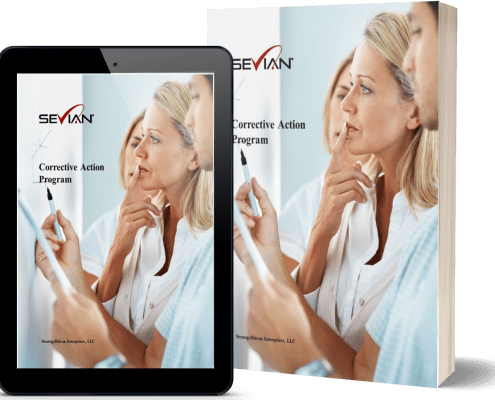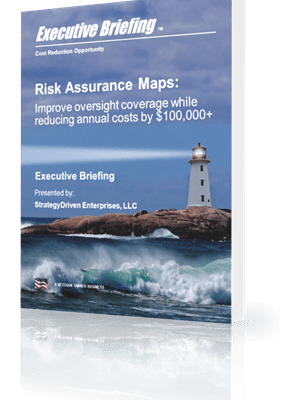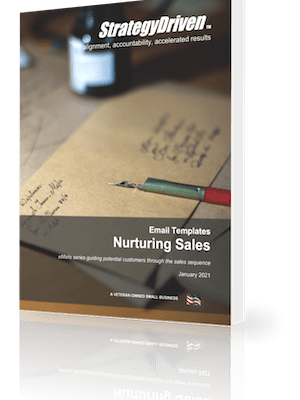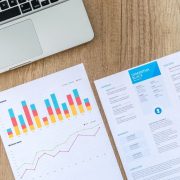Beyond Quarterly Earnings: How Adopting a Stewardship Mindset Builds Enterprise Value

We all know the rush of the quarterly report. Did we hit the numbers? Are we tracking toward the next milestone? For an entrepreneur, this relentless focus on the immediate financial horizon is natural, but it is rarely enough to build a company that truly lasts. To secure long-term success that delivers a premium exit or a durable legacy, you need a shift in perspective.
You need to stop thinking like a short-term landlord and start acting like a steward. A stewardship mindset means viewing your business as a precious asset that you must actively manage, nurture, and protect for future generations of customers, employees, and owners. For your business, this means putting responsible investment principles and ESG (environmental, social, and governance) at the core of your strategy.
Why Stewardship is Your Best Strategic Asset
For a long time, principles like ESG were dismissed as compliance checkboxes only relevant to massive public companies. This is a myth. For a savvy entrepreneur, integrating stewardship principles is a direct path to higher enterprise valuation and greater resilience.
A company managed with a stewardship mindset exhibits stability, predictability, and a lower overall risk profile; these qualities are adopted by private equity firms, leveraged equities, and acquisition partners, who pay a premium for them. Benefits include:
1. Lower Cost of Capital
The financial markets recognize a strategic link between strong governance and low risk. This means adopting a stewardship mindset isn’t just ethical but economical. Businesses with high ESG ratings have been shown in multiple studies to enjoy a lower cost of capital, suggesting their diminished risk exposure.
2. Talent Retention and Productivity
The ‘Social’ pillar of ESG drives value through people. Studies consistently show that employees in companies with a strong social purpose and fair labor practices are significantly more engaged. Gallup found that highly engaged teams show 23% greater profitability and 78% lower absenteeism. For an SMB, retaining top talent is the difference between stagnation and growth.
3. Crisis Resilience
Proactive risk management, the cornerstone of good Governance (G), makes your business weatherproof. According to a study, during market downturns (such as the COVID-19 pandemic), companies with strong ESG performance demonstrated higher stock returns, lower volatility (stock price stability), and increased market liquidity compared to their peers.
Actionable Steps to Implement a Stewardship Mindset
You don’t need a massive team or a huge budget to start. You simply need to institutionalize long-term thinking into your daily processes. Follow these steps:
1. Audit Your Supply Chain for Resilience (The E and S)
Go beyond just finding the cheapest vendor. Map out your five most critical suppliers and ask: What is their exposure to climate risk (E) or labor disputes (S)? Choosing reliable local and sustainable partners might slightly raise short-term operational costs but drastically lower the risk of catastrophic supply disruption.
2. Define Your People Policy as “Asset Management “ (The S)
Your employees are not expenses; they are assets. Implement simple governance over your talent pipeline. This includes defining a clear, ethical succession plan for key roles and actively tracking employee satisfaction, which will result in a measurable value driver to any investor.
3. Governance Beyond the Boardroom (The G)
Governance is not just about regulatory compliance; it is about decision-making. Ensure every major investment, whether in a new piece of infrastructure or a new market, is assessed for its 12-month return and five-year impact on your core business value and ethical commitments. If an opportunity conflicts with your stated values, walk away. The long-term integrity is more valuable than the immediate gain.
Endnote
Adopting a stewardship mindset is not a distraction from profitability. It is the ultimate strategic framework for achieving durable profitability. Viewing your business as an active investor allows you to view your portfolio as an asset that you can protect, improve, and manage for the long term.












Leave a Reply
Want to join the discussion?Feel free to contribute!